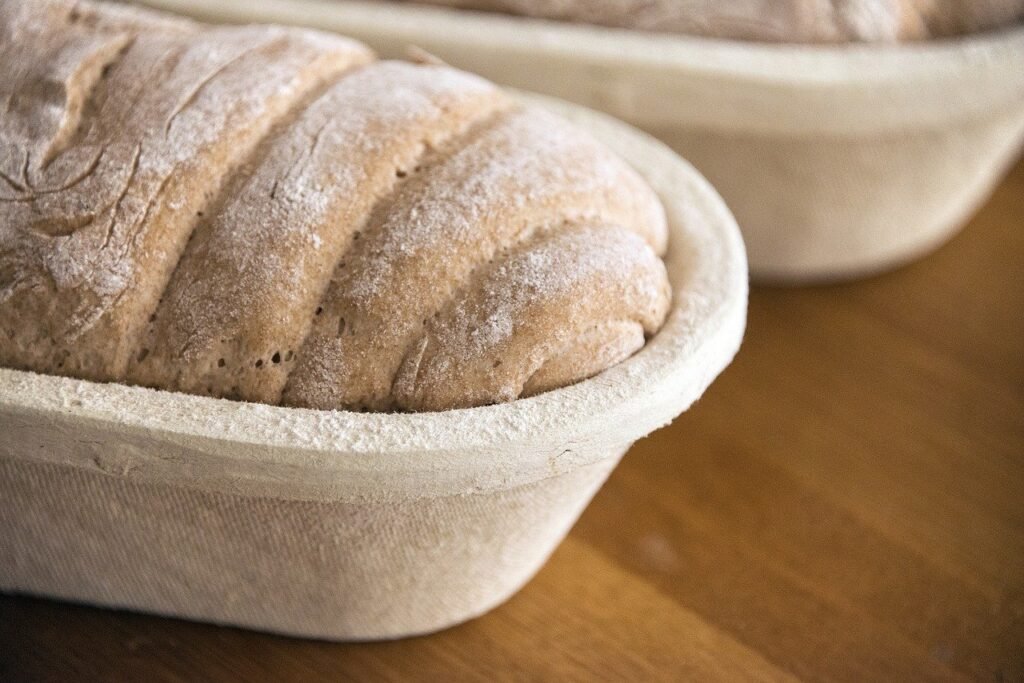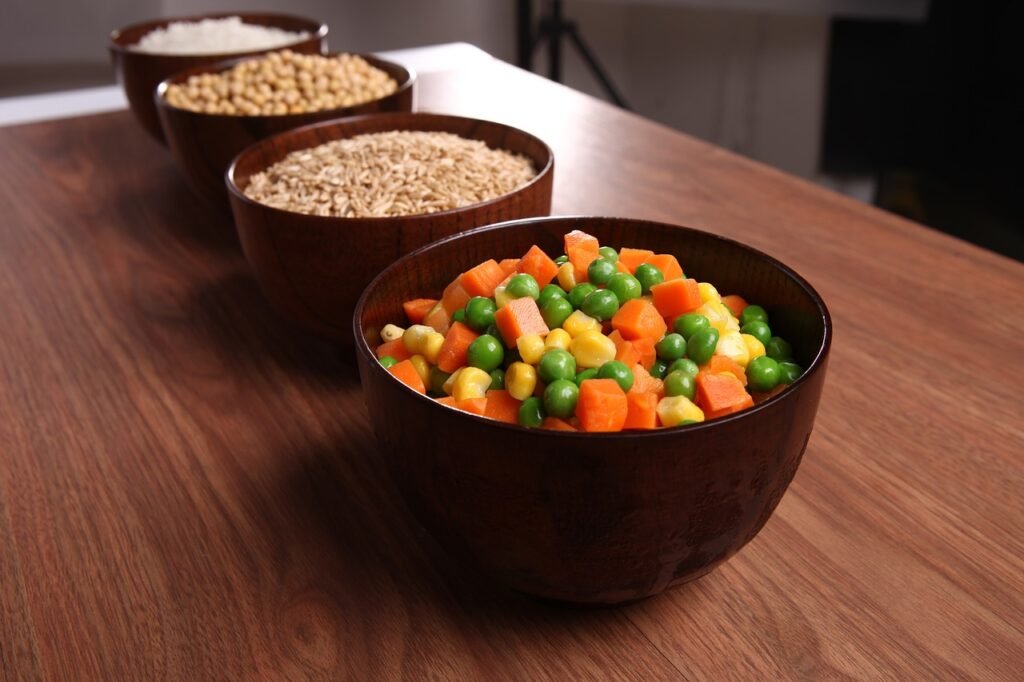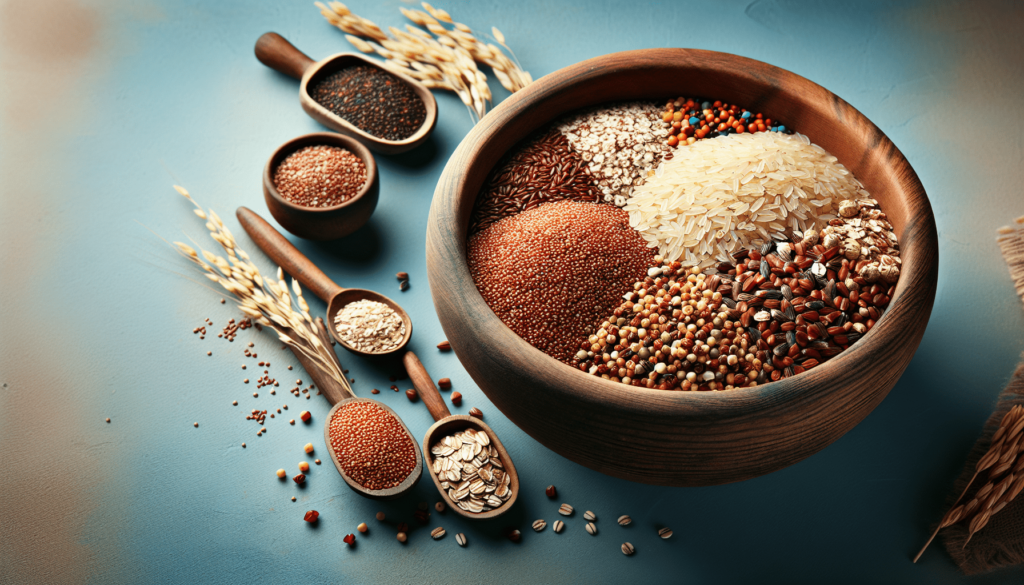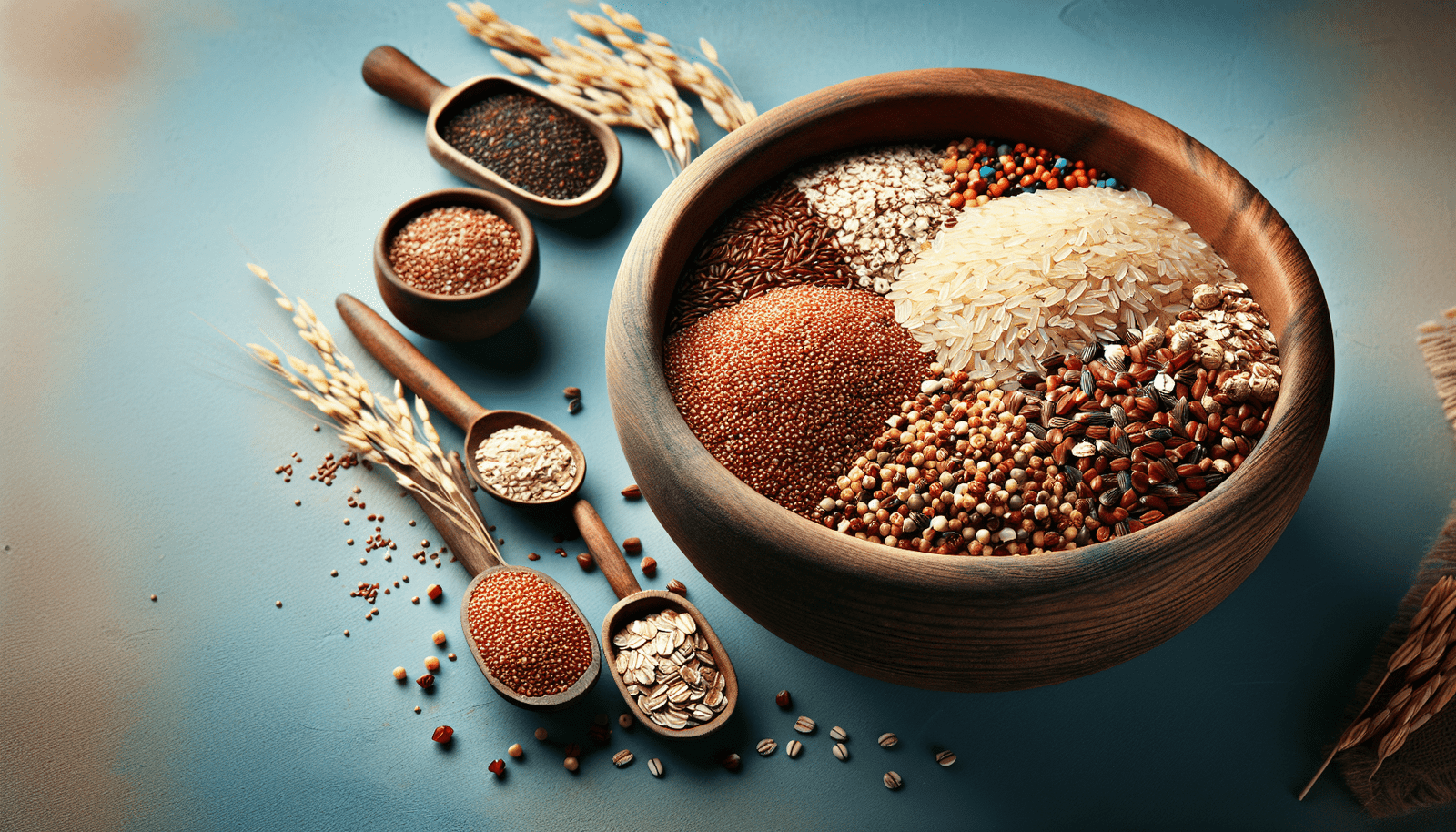In this article, you will discover some helpful strategies for incorporating whole grains into a low-FODMAP diet to support your gut health. By following these tips, you can enjoy the benefits of whole grains while maintaining a diet that is gentle on your digestive system. With a little creativity and planning, you can nourish your body with the nutrients it needs to thrive. Let’s dive in and explore how you can make whole grains a delicious and nutritious part of your low-FODMAP eating plan! What Are Some Strategies For Incorporating Whole Grains Into A Low-FODMAP Diet For Gut Health?
Hey there! If you’re looking to improve your gut health by incorporating whole grains into your low-FODMAP diet, you’re in the right place. Whole grains are a fantastic source of fiber, vitamins, and minerals that can promote a healthy digestive system. However, navigating a low-FODMAP diet while including whole grains can be a bit tricky. But don’t worry, I’ve got some strategies to help you out!
Understanding whole grains and the low-FODMAP diet
Let’s start by breaking down what whole grains are and how they fit into a low-FODMAP diet. Whole grains are grains that contain all parts of the grain kernel – the bran, germ, and endosperm. They are rich in fiber, which is essential for good gut health.
FODMAPs, on the other hand, are fermentable carbohydrates that can trigger digestive issues in some people, especially those with irritable bowel syndrome (IBS). Following a low-FODMAP diet involves avoiding foods high in these carbohydrates to reduce symptoms like bloating, gas, and stomach pain.
When it comes to whole grains on a low-FODMAP diet, the key is choosing grains that are lower in FODMAPs and incorporating them in moderation to support your gut health without triggering any symptoms.

This image is property of pixabay.com.
Low-FODMAP whole grains to include in your diet
Now that you have an understanding of whole grains and the low-FODMAP diet, let’s dive into some specific grains that are safe to incorporate into your meals. Here are some low-FODMAP whole grains that you can enjoy:
| Whole Grain | FODMAP Rating |
|---|---|
| Quinoa | Low |
| Oats | Low |
| Brown rice | Low |
| Millet | Low |
| Buckwheat | Low |
These grains are generally well-tolerated by most people on a low-FODMAP diet and can be included in your meals to boost your fiber intake and support your gut health.
Tips for incorporating whole grains into your meals
Incorporating whole grains into your meals doesn’t have to be complicated. Here are some tips to help you make the most of these nutritious grains:
- Mix whole grains: Combine different whole grains to add variety to your meals. For example, try mixing quinoa and brown rice in a stir-fry or adding oats to your smoothie for extra fiber.
- Portion control: While whole grains are nutritious, portion control is key on a low-FODMAP diet. Stick to recommended serving sizes to avoid overwhelming your digestive system.
- Experiment with recipes: Get creative in the kitchen and try out new recipes that incorporate whole grains. From grain bowls to salads and soups, there are endless possibilities to enjoy these nutritious grains.
- Read labels: When buying packaged whole grain products, make sure to check the ingredients list for any high-FODMAP additives or hidden sources of FODMAPs. Look for products labeled as low-FODMAP or FODMAP-friendly.
By following these tips, you can easily incorporate whole grains into your low-FODMAP diet and support your gut health without sacrificing flavor or variety in your meals.

This image is property of pixabay.com.
Snack ideas with whole grains
Snacking can be a great way to boost your whole grain intake throughout the day. Here are some snack ideas that are low in FODMAPs and rich in whole grains:
- Rice cakes with peanut butter
- Quinoa and vegetable sushi rolls
- Oat and banana muffins
- Buckwheat crackers with cheese
These snacks are convenient, tasty, and packed with fiber to keep you satisfied between meals while nourishing your gut with whole grains.
Precautions to take when including whole grains
While whole grains offer numerous health benefits, it’s essential to be mindful of a few precautions when incorporating them into your low-FODMAP diet:
- Hydration: Whole grains are a good source of fiber, which can aid digestion but may also cause constipation if you’re not drinking enough water. Make sure to stay hydrated to support proper digestion.
- Individual tolerance: Everyone’s digestive system is unique, so it’s essential to listen to your body and pay attention to how different whole grains affect you. Keep a food diary to track your symptoms and adjust your diet accordingly.
- Seek professional advice: If you’re unsure about which whole grains are suitable for you or how to incorporate them into your diet, consider consulting a registered dietitian or healthcare provider for personalized guidance.
By being aware of these precautions and making informed choices, you can enjoy the benefits of whole grains while maintaining a balanced and gut-friendly low-FODMAP diet.

This image is property of pixabay.com.
Final thoughts
Incorporating whole grains into a low-FODMAP diet for gut health may require some planning and experimentation, but the benefits are undoubtedly worth it. By choosing low-FODMAP whole grains like quinoa, oats, brown rice, millet, and buckwheat and following some simple tips for incorporating them into your meals, you can support your digestive system and overall well-being.
Remember to listen to your body, stay hydrated, and seek professional advice if needed to ensure that your diet is optimized for gut health. With a little creativity and some strategic planning, you can enjoy a varied and nutritious diet that supports your gut health and promotes overall wellness. Here’s to happy and healthy digestion!


